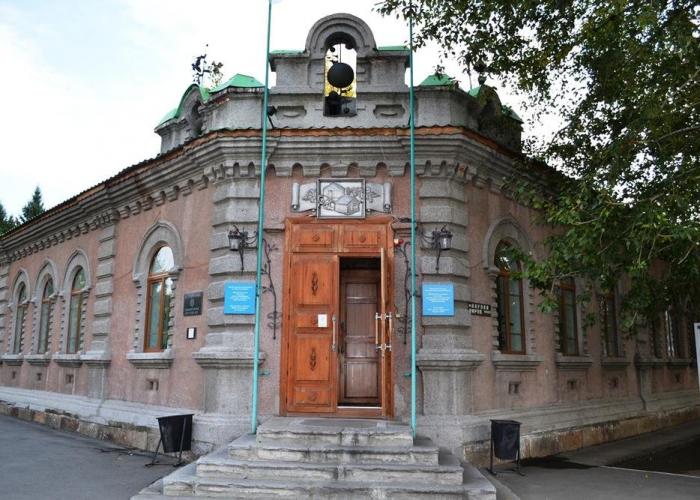At the corner of Chekhov Street 44 and Kaysenov Street 67 is the building of the Regional Ethnographic Museum. People who know the history of Ust-Kamenogorsk call this building "Marinka" because the Mariinsky Women's School used to be located here.
Ust-Kamenogorsk "Marinka" was also a four-year, and it taught several disciplines, not typical of the only women's parochial school in the city. For example, gymnastics.
Construction of the school for 226 pupils, which ended in 1901, has allocated state treasury.
The women's school often employed the same teachers as the elementary city men's school, which was also considered elite (now the building of the Architectural, Ethnographic and Natural Landscape Museum-Reserve). This became especially frequent when elementary school teacher training courses were opened at the Mariinsky School, which were sponsored by the Society for the Care of Public Education. Initially the courses were for two years, but later they switched to a three-year training period.
The pedagogical courses existed until 1925, they produced a huge number of teachers, bringing knowledge to children throughout the current territory of the region. The courses were actually the forefathers of the following teachers colleges, pedagogical colleges, and pedagogical institutes. Consequently, the building at 67, Kaysenova St. is a two times landmark - as an origin of female primary education in the region, a whole direction in public education to prepare professional staff of teachers, as well as "Marinka" - the memory of the first in the city and all of the Ore Altai cultural and educational institution - the Altai Peasant University, which was the brainchild of Paul Petrovich Bazhov, who worked then in responsible positions in the Ust Kamenogorsk district executive committee. The university was conceived by him as district lecture hall for peasants about development of economic activity, management, courts, literature, history... The lectures were read by scholars who found themselves in Altai due to the famine that ravaged Central Russia. This first unusual educational institution had two premises - the People's House (Drama Theater named after Zhambyl) and Mariinsky Women's College. Pupils of Lunacharskiy school of mixed (boys and girls) education of the IInd stage (i.e. seven years) were engaged there till five o'clock, and in the evening - adults. But it did not last long, from the end of October to the end of November 1920.

